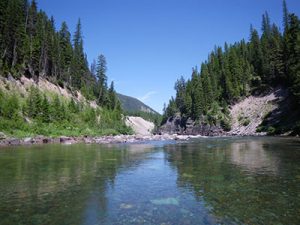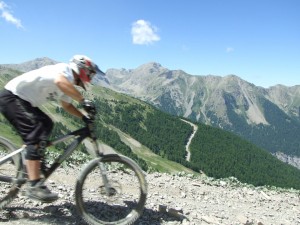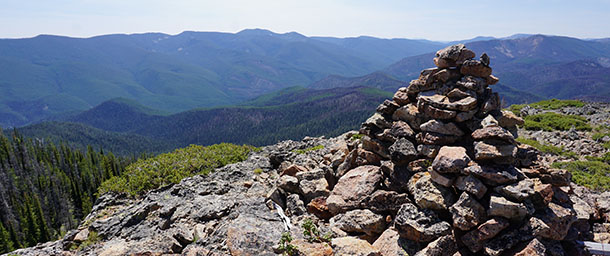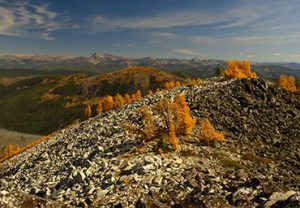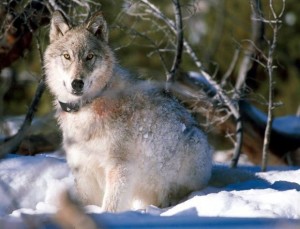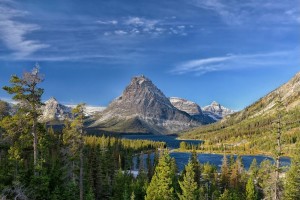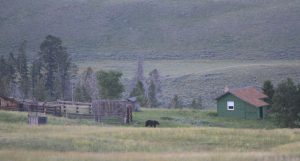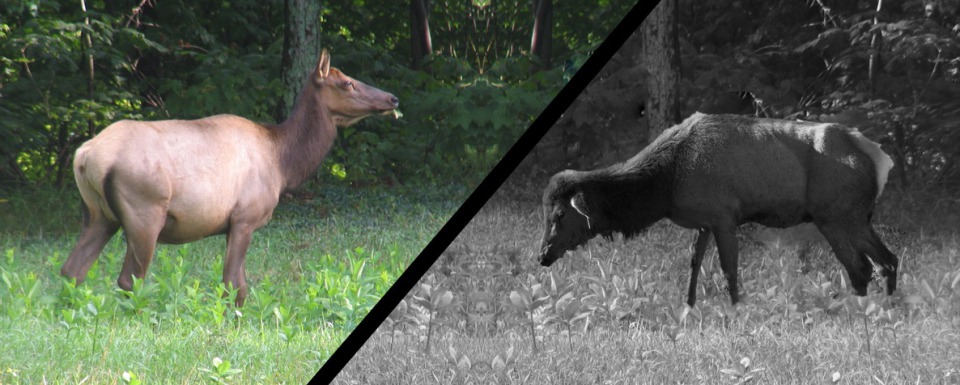The Flathead National Forest released the final draft of their new forest plan today, as well as the final version of a substantial pile of related environmental impact documentation. This is a big deal because the forest plan determines how the forest will be managed over at least the next 10-15 years.
Also, today (December 14, 2017) starts the clock on a 60-day “objection period.” For all practical purposes, today’s release is the final version of the forest plan, unless individuals or groups who have contributed to the planning process file a valid objection regarding “specific remaining concerns.” In other words, there’s a 60-day window to suggest technical and factual edits.
The press release below has links to the forest plan document and associated materials. For just the draft forest plan document itself, it can be downloaded directly here: https://www.fs.usda.gov/Internet/FSE_DOCUMENTS/fseprd566356.pdf (410 pages, PDF format, 23.9MB).
Here is the meat of the official press release . . .
Flathead National Forest Supervisor Chip Weber has released the draft record of decision and final environmental impact statement for the Flathead National Forest revised land and resource management plan (referred to as the “forest plan”) for a 60-day objection period. The existing forest plan is more than 30 years old, dramatically exceeding the 10-15 year duration of plans directed by the National Forest Management Act. Since the 1986 forest plan was completed, there have been changes in ecological, social, and economic conditions in the area, as well as changes in resource demands, availability of new scientific information, and promulgation of new policy, including the 2012 planning rule. These changes necessitate a plan revision to ensure that management direction is responsive to current issues and conditions. In particular, the plan revision addresses the following topics:
- increasing demand for recreation opportunities and their importance in supporting local economies;
- fire and fuels management direction that emphasizes active vegetation management near communities;
- the need for additional analyses for a number of resources, including timber production opportunities, an important historical driver for local economies;
- conservation of wildlife and aquatic habitat, including updating grizzly bear habitat management direction and Inland Native Fish direction; and
- new policy and public interest in identifying areas for recommended wilderness and wild and scenic rivers.
Continue reading Final draft of Flathead Forest Plan released; 60-day countdown for objections
